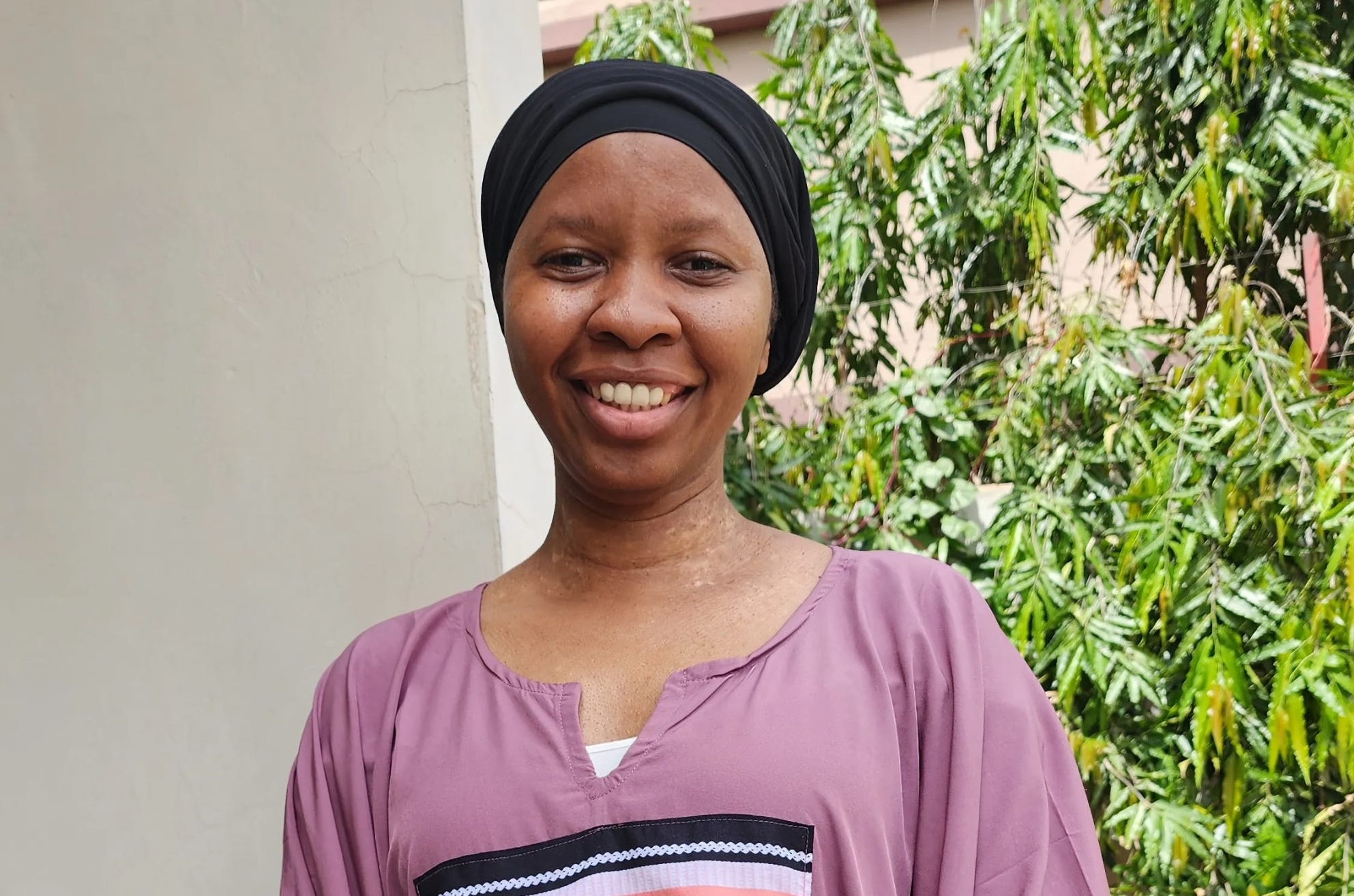Have you ever wondered why this space is arranged in one way or another? Why is this object in this place and not another? or what if I could only project myself into the future and see the end result? At Kabakoo, this is the case. Because we are aware that the Sahel has been a major place for the circulation and exchange of knowledge for centuries, the month of January in our "regenerative architecture" Innovation Lab was punctuated by three cohorts focusing on extended reality in Africa, the development of this extended community in the Sahel and the potential that extended reality represents for architecture and cities. In the current context, the challenges of urbanisation are becoming ever greater, given that Africa's population is set to double by 2050 , according to UN projections. To meet these challenges and prepare for them, in this series of articles we invite you to join us in discovering the innovations that will enable us to build the Highdigenous habitats of tomorrow.
During the first session on « Exented reality in Africa : changing the technology narratives » , which took place on 17 January 2024, our two speakers, Aiyenuro Oluwaseun, an architect with a master's degree in environmental design from the University of Lagos, and Mamadou Oury Diallo, a Dakar-based XR designer and lead developer at Metafrik, discussed the subject with our learners.
Spatial design, an essential element of differentiation
Have you ever heard of this concept, the importance of which we were reminded of during the discussion? Spatial design, which can be defined as a cognitive skill that enables us to be aware of our environment (and therefore of the objects that surround us) and of ourselves, is a crucial element for architects and XR designers. It is thanks to this that each element is designed so that there can be harmony in spaces conducive to human interaction. That's why at Kabakoo , we organise these masterclasses during which professionals in the field give our learners the keys to success in the XR field, whether it's discovering the tools to use, such as Sketchup or Unity, or discovering important concepts for these projects, such as spatial design, which Aiyenuro Oluwaseun reminded us of. For architects and designers working in XR, spatial design is fundamental. It goes hand in hand with XR by providing the opportunity to create immersive environments in which users can move around and interact. For these environments to be both functional and engaging, it's important to understand how people perceive spaces and to arrange elements in an optimal way.
The XR design process is similar to that used in other fields. It begins with a phase of ideation and inspiration, followed by the development of prototypes and iteration until the final product is created. It's a continuous cycle, particularly after the development phase, because with the possibility of making various changes by visualising them in 3D, we return to the iteration process until we reach our final product. The existence of so many visualisation techniques led Frederic, learner and participant in our Innovation Lab on regenerative architecture to ask "What's the difference between 3D vision and augmented reality ?” What makes XR so special is the tools used to build these prototypes and products. Software such as Blender, Spark AR and ARCore are used to create immersive and interactive environments, which is different from 3D vision, where we perceive an environment without being able to interact with it. As Aiyenuro Oluwaseun, a Lagos-based XR designer reminded us during his masterclass on Kabakoo, it's important to choose the most appropriate way of answering the questions "where to put that", "how much of what to put", and "why should it be put there?

Augmented reality, a skill within everyone's reach
Although increasingly widespread, XR is still a new field in African contexts and beyond. As a result, it can generate fears and difficulties in adapting. According to my observation, many people think that you need to be good in mathematics and know how to code to work on extended reality projects, which is not necessarily the case. An OpinionWay survey shows that 58% of those questioned believe that digital training and careers are only for people with good mathematical skills. With the help of the multitude of tools on the market today, assets containing elements that have already been designed exist and promote greater accessibility for as many people as possible. So there's no need to know how to code to build a set where there's no need to put a human, the speakers told us.
“You don't need to be a senior developer, or anything, but actually the best developer is the one that knows how to ask the best question actually”.
However, learning to code represents real added value for the designer. It gives them more choice and allows them to customise their projects to the highest level. Our speakers encourage XR enthusiasts not to hesitate to get in touch with the XR community, particularly the African community on LinkedIn, where there is an atmosphere of "brotherhood", says Aiyenuro Oluwaseun. As Mamadou Oury Diallo, a Dakar-based XR designer and lead developer at Metafric puts it, "you don't need to be a senior developer, or anything but actually the best developer is the one that knows how to ask the best question actually".
What next ?
We hope you find the subject of extended reality as fascinating as we do, or if not, that it has aroused your curiosity. Continuing this series, we'll be back soon with a new article on "Community development around extended reality in the Sahel".. Until then, take care!







